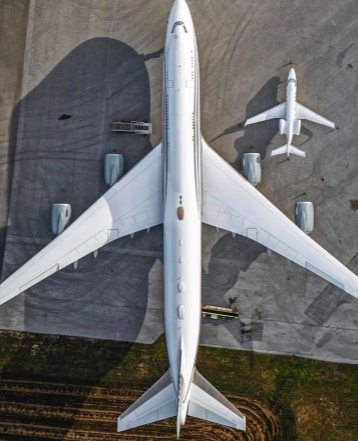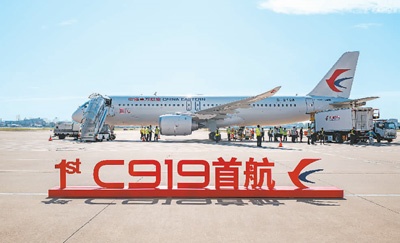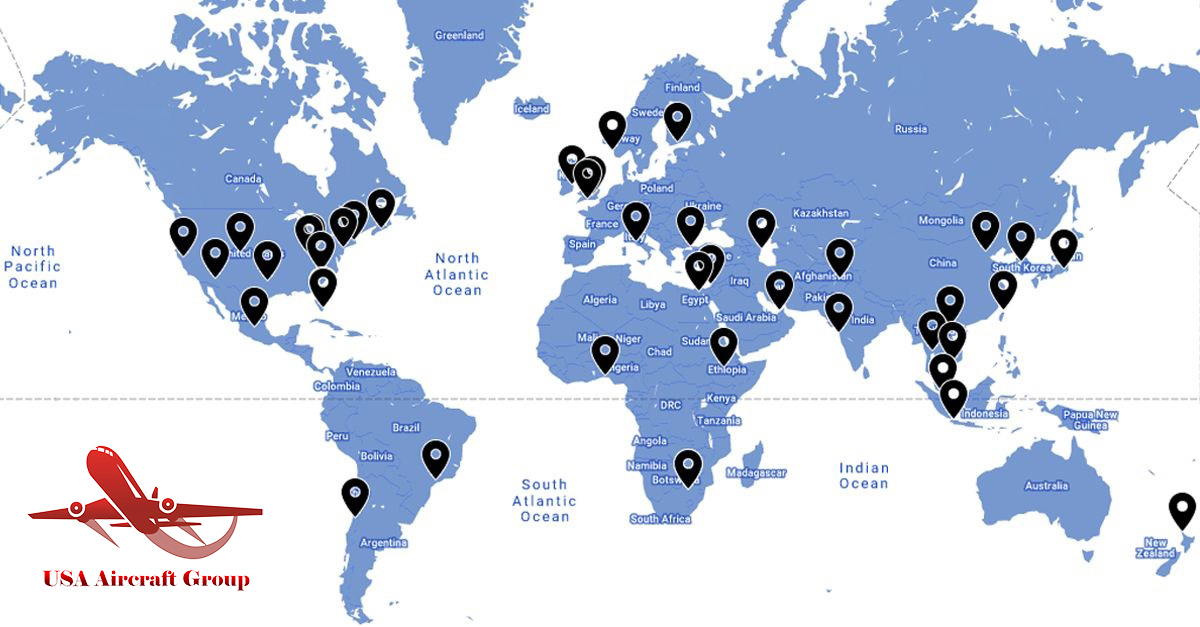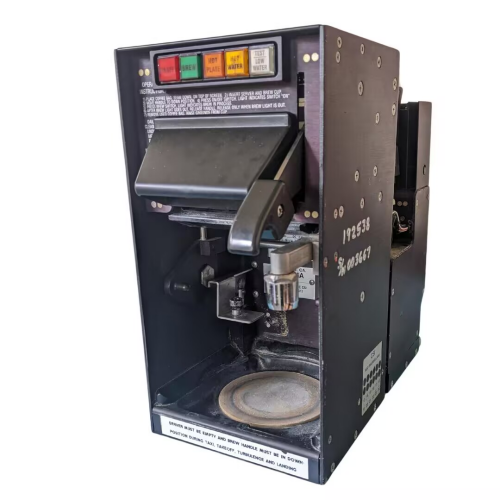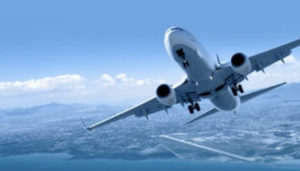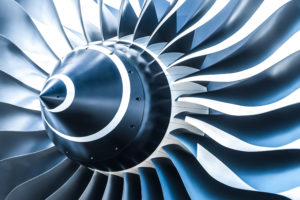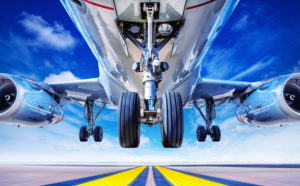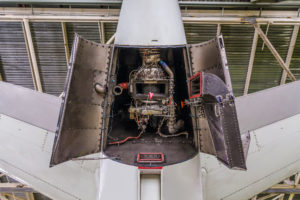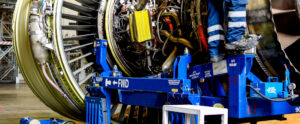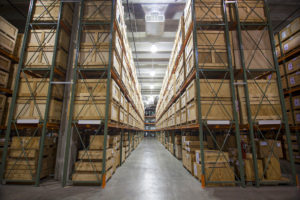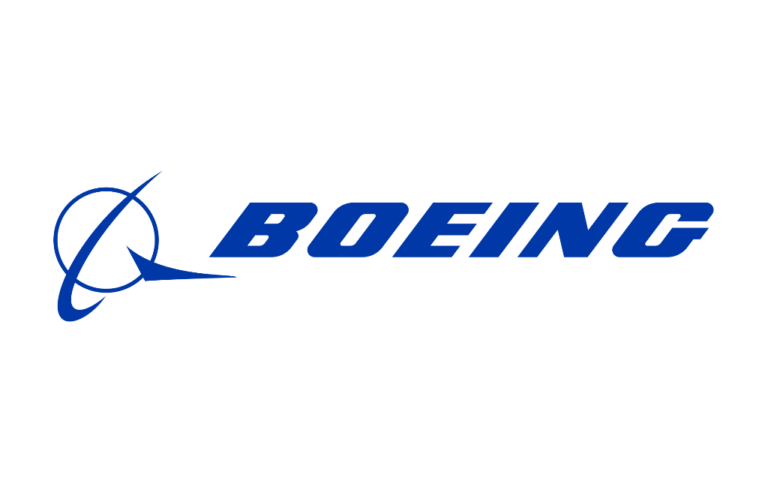Press Releases

Aircraft structure-USA Aircraft Group Corporation
Date: 2025/4/21
The basic structure of the aircraft refers to the main components of the aircraft and the connection and arrangement between them. The following is the relevant reference content of the basic structure of the aircraft:1. Wing: The wing is the main load-bearing structure of the aircraft. It is usually a flat support surface, which supports the entire fuselage by generating lift. The wings usually consist of the front edge, the rear edge, the upper surface and the lower surface, and are equipped with control surfaces such as flaps and ailerons.
2. Fuselage: The fuselage is the main part of the aircraft, carrying passengers, cargo and various systems and equipment. The fuselage is usually cuboid or cylindrical, consisting of compartment segments, including the front, cabin and tail. The interior of the fuselage includes seats, cargo holds, toilets and other facilities.
3. Tail: The tail includes a vertical tail and a horizontal tail. The vertical tail is usually located at the top of the tail to provide stability and direction control: the horizontal tail is usually located at the top of the vertical tail to control the pitch of the aircraft.
4. Landing Gear: The landing gear is used for ground support of aircraft and shock absorption during take-off and landing. It is generally composed of a front landing gear and a main landing gear. The front landing gear is usually located at the front of the fuselage, and the main landing gear is usually located under the fuselage.
5. Engine (Engine): The engine is the device that provides thrust to the aircraft. According to different types of aircraft, there can be single-engine, double-engine or multiple-engine configurations. The engine is usually installed under the wing or on the tail body.
6. Control System: The control system is a series of equipment and mechanisms used to manipulate the flight attitude and operation of the aircraft. Including joysticks, pedal flaps, ailers, rudders, etc., these devices can be manipulated to adjust the attitude and course of the aircraft.
7. Electrical System: The electrical system provides power to the aircraft and drives the normal operation of various systems and equipment. Electrical systems include generators, batteries, electrical lines, distribution plates, etc.
8. Fuel System: The fuel system is used to store and transport fuel to the engine. It includes fuel tanks, fuel pumps, fuel filters and other equipment.
9. Hydraulic System: The hydraulic system is used to drive some key systems and equipment on the aircraft, such as the retraction and release of the landing gear, the expansion and expansion of the flaps, etc. The hydraulic system is composed of a hydraulic control device, a hydraulic pump, a hydraulic oil tank, etc.
10. Hatches and Windows (Doors and Windows): Hatches and windows are the entrances and exits of the aircraft, as well as ventilated and viewing windows. They are usually composed of fire doors, cabin doors, hatch windows and side windows.
The above is the reference content of the basic structure of the aircraft. The structure of the aircraft also involves many other details and complex components, such as communication equipment, dashboards, fire protection systems, etc. These structures help to ensure the safety and normal operation of the aircraft.
